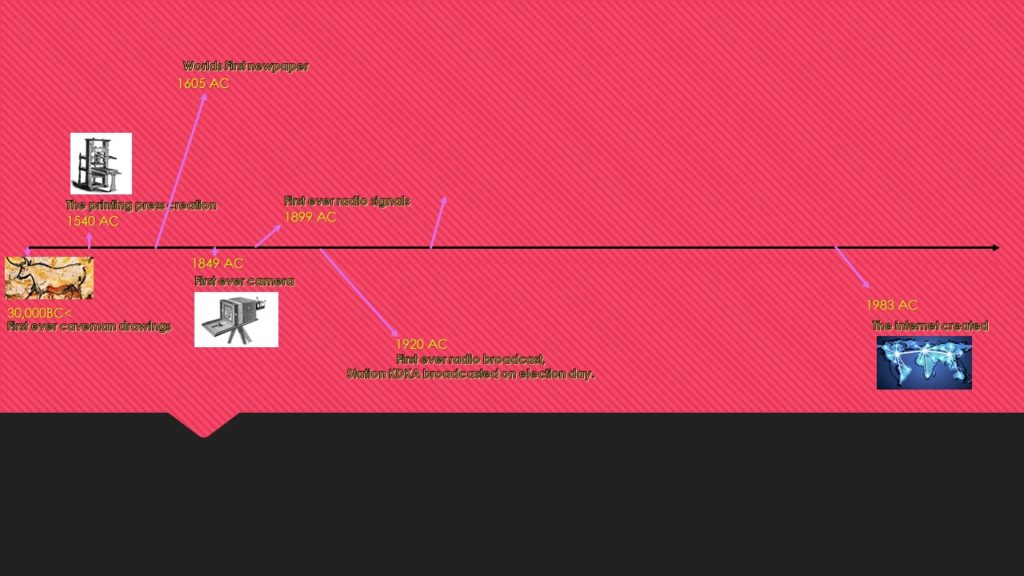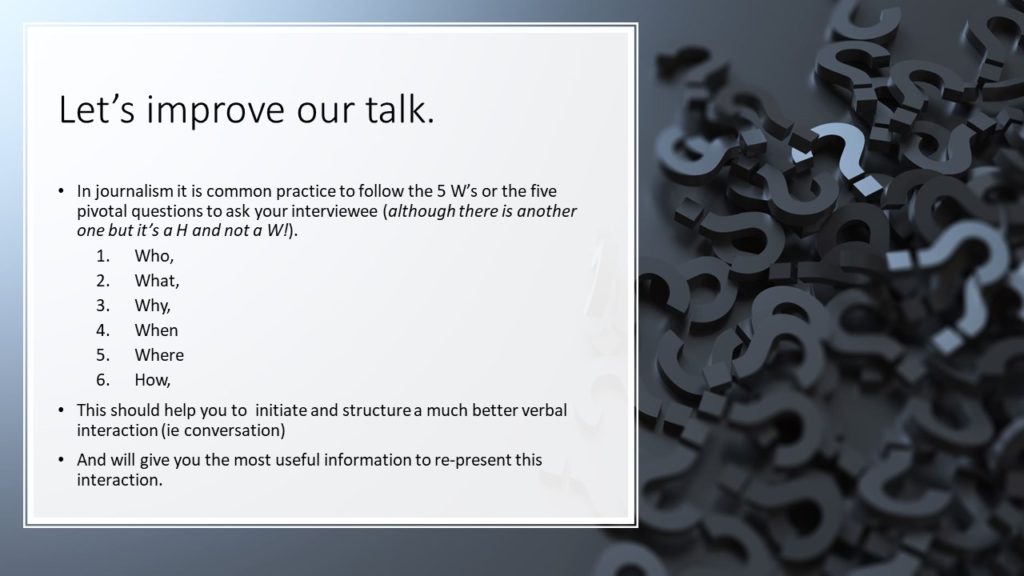
MEDIA TIMELINE


The History of Media Induction task.

Make a new post with a table that has 10 rows and four columns. Populate the second column with the 9 media forms that are required study for this AQA Media studies A level. You can find a list of the 9 forms that are specifically stated by the board in the syllabus on page 9. You can find a link to the syllabus in the top menu bar of this blog.
in the 3rd column write 3 characteristics of each media form. In the 4th column provide an example of each form.
Publish your post and categorise it as ‘exam’ and ‘induction’














https://writingcooperative.com/how-to-structure-an-article-the-inverted-pyramid-8fa0c165fcae

Credit: Ohio State Press
The above diagram says it better than I ever could. You begin with your lead (or lede), which explains the what, where, when, how and who of the story. This is where you paint a short picture about your story and include the critical piece of information that’ll keep readers reading (ie the ‘hook’).
After this you next move onto act 2: The body.
Here, you build your arguments and make your points. Provide more detail. Throw in some quotes. Add in your journalistic opinion to create a little controversy. Whatever it is, this is your main story.
Finally, you end on the tail (in content marketing, we call this a kicker). If the reader wants to do more research or find out more about what you’re writing, where should they go? Provide this extra reading last.
In journalism, the nut graf is a paragraph that explains the context of the story. The term can be spelled many different ways. In many news stories, the essential facts of a story are included in the lead, the first sentence or two of a story. Wikipedia


Pathos appeals to the emotions of the audience and elicits feelings that already reside in them. Pathos is a communication technique used most often in rhetoric, as well as in literature, film and other narrative art. Wikipedia
Bathos (especially in a literary work) an effect of anticlimax created by an unintentional lapse in mood from the sublime to the trivial or ridiculous.